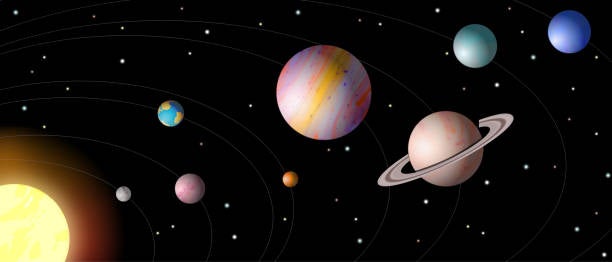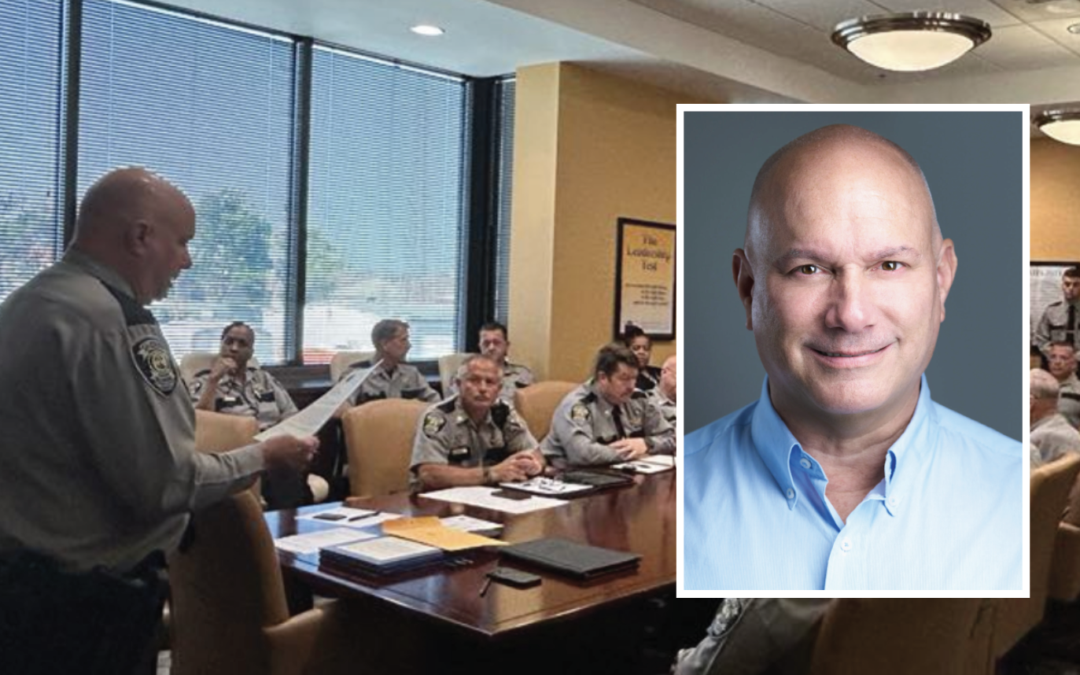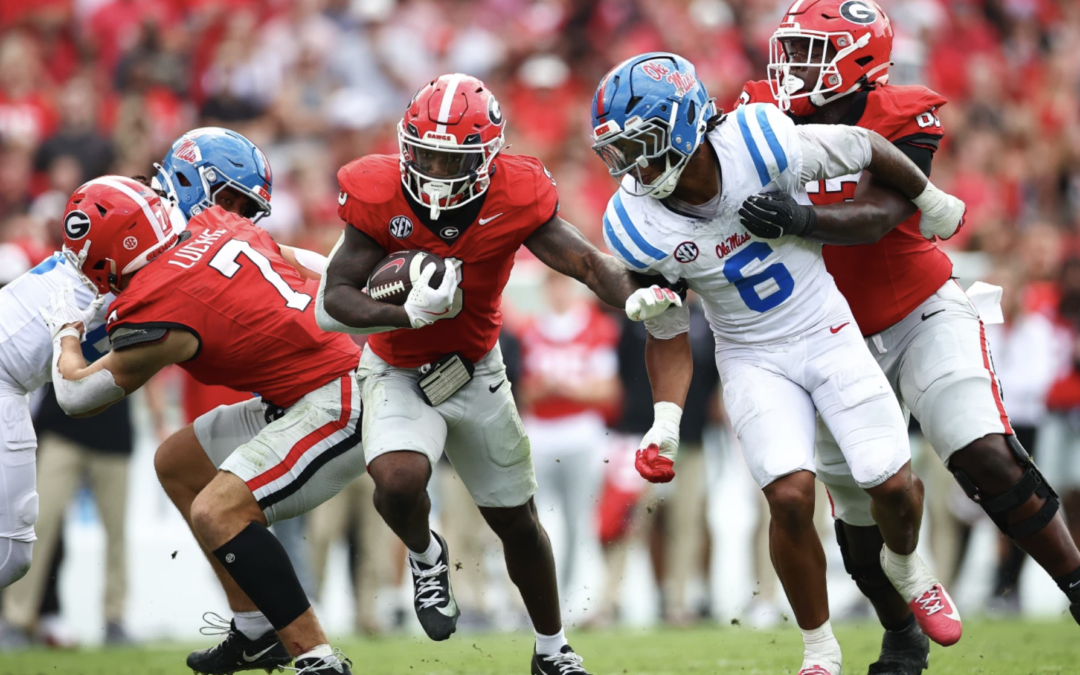Stargazers will get the rare opportunity to view seven planets as they form a “parade” across the night sky, according to NASA.
During the event, at least four of the seven planets will be visible to the naked eye.
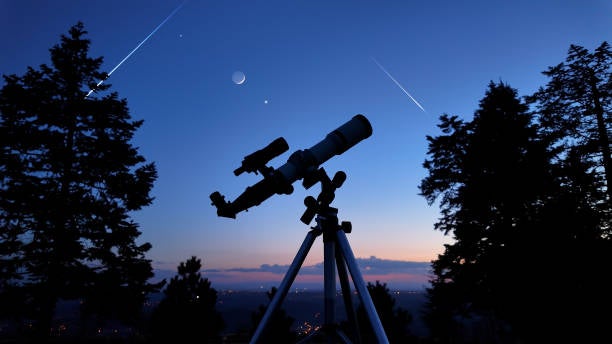
Mercury, Venus, Mars, Jupiter, Saturn, Uranus and Neptune will all be visible at the same time along a line or arc in the sky. NASA says that all of the individual planets have been visible at different points throughout the month, but this is the one chance that people will get to see them all at once.
Pluto, which has had its planetary status somewhat restored by being reclassified as a “dwarf planet” will be just below the horizon during the parade and will not be visible along with its celestial neighbors.
In reality, the planets do not actually “line-up,” it just appears that way due to an illusion of the horizon and the perspective from planet earth.
According to NASA’s website, while planet parades are “not exceedingly rare, they’re worth observing since they don’t happen every year,” adding that lineups of four or five naked-eye planets with optimal visibility typically occur every few years.
MORE: Both Harlem and Grovetown vote to opt out of House Bill 581
There might, however, be another celestial event that could crash the party, scientists from the Planetary Science Institute say.
Waiting in the wings is T Coronae Borealis, a binary star system scientists have dubbed the “Blaze Star.” According to the Planetary Science Institute, the star is located in the Northern Crown constellation and expected to become visible to the naked eye after a nova explosion illuminates it in the night sky.
Scientists indicate that it is uncertain when the next nova could occur, but since a bright flash is overdue, it could happen soon. Should T Coronae Borealis make its stage entrance tonight, the bright flash will likely overshadow the parade of planets.
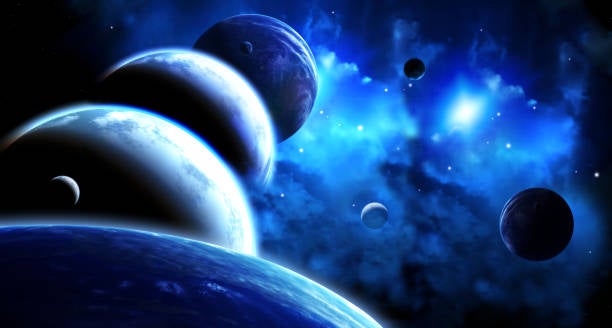
For the best viewing experience, it is suggested that people try to find a high point away from any urban light pollution and while some of the planets will be visible to the naked eye, the best way to get a good view of the show is with a telescope.
MORE: Sit-in to demand town hall of Rep. Rick Allen brings in hundreds
The parade will be most visible shortly after dusk.
NASA says there will not be another planet parade until late October 2028, when five planets will be visible before sunrise.
Scott Hudson is the Senior Investigative Reporter, Editorial Page Editor and weekly columnist for The Augusta Press. Reach him at scott@theaugustapress.com

